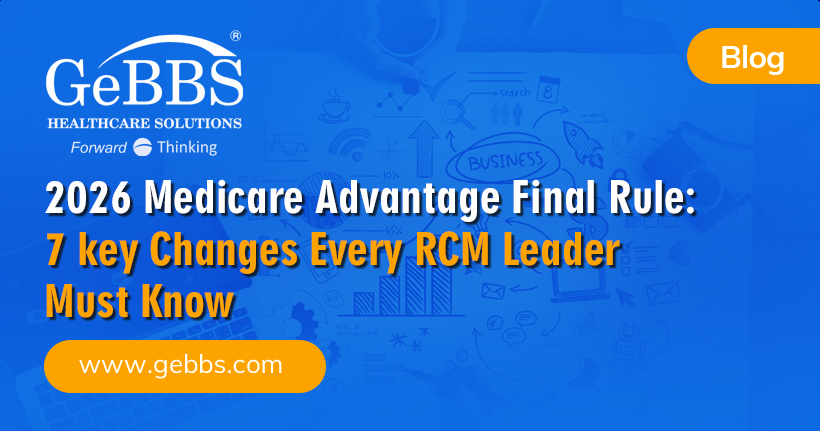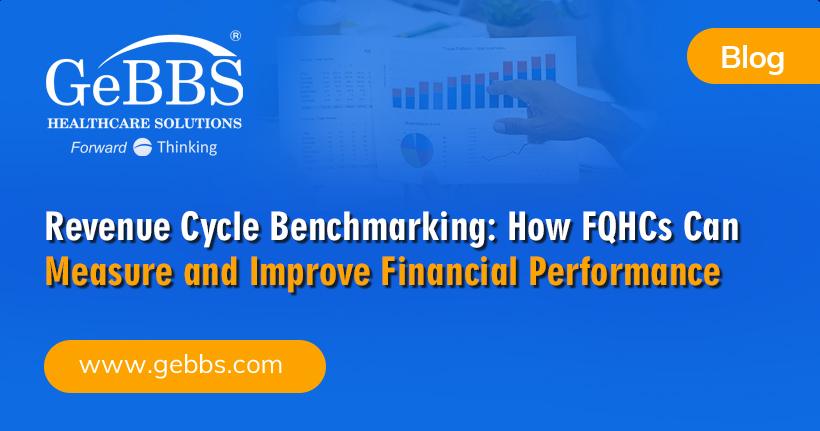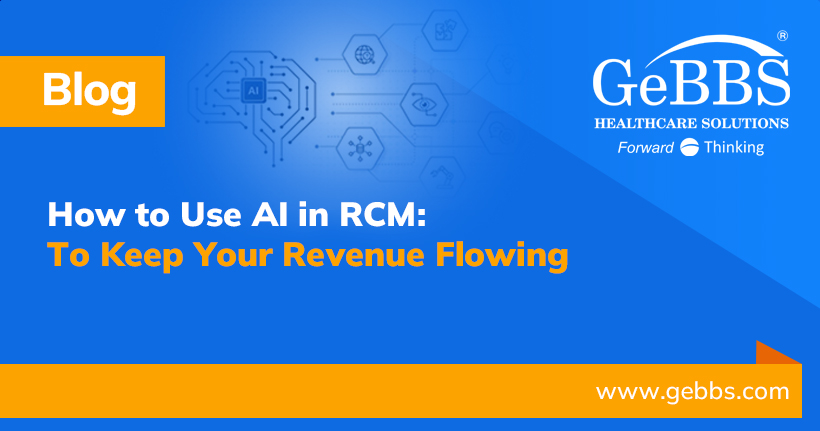Another year, another set of sweeping Medicare Advantage changes. But this one? It’s a biggie. Maybe you’ve skimmed the headlines, sighed, and thought, “Great… how’s this gonna mess with our revenue cycle now?” Or maybe you’ve heard about the insulin cap and prior auth changes in passing—but haven’t had time to piece it all together. Totally fair. You’re juggling a dozen priorities, and CMS just threw you a new playbook.
Lucky for you, we’ve done the heavy lifting. We’ll break down seven of the most important Medicare Advantage changes, so you can stay sharp, compliant, and keep your numbers on track. Let’s get started.
1. Payment Rate Increases: Will You Turn the Boost into a Strategic Win?
Let’s start with the headline-grabber. Medicare Advantage benchmark payments are going up by an average of 5.06% in 2026—the biggest bump we’ve seen in over a decade.
At first glance, this feels like a win. More money flowing in? That should mean more breathing room for financial planning, right? In theory, yes. However, it doesn’t automatically solve the deeper revenue challenges many organizations are facing, especially with rising costs, wage pressure, and staffing constraints still in the mix.
For RCM leaders, this is less about celebrating and more about recalibrating. What’s your plan to put that extra revenue to work? Can you reinvest it in smarter tech, staff training, or maybe some long-overdue system upgrades? It’s an opportunity, but only if it’s used strategically.
2. Prior Authorization: A Little Less Red Tape
Prior auth has long been a thorn in the side of providers and patients alike. The back-and-forth. The delays. The last-minute denials after care’s already been delivered. It’s a headache.
The 2026 rule starts cleaning that up. Now, once a prior authorization is approved for an inpatient admission, the plan has to honor it—unless there’s a clear-cut issue like fraud or a glaring mistake.
This may seem like common sense, but in the RCM world, it’s a big deal. It means fewer unexpected denials and more predictability on the backend. You won’t have to chase payment for services that were already greenlit. That stability can positively impact your billing process, reducing appeal volume and smoothing out cash flow.
3. Appeals Process: Less Guesswork, More Clarity
Appeals are nobody’s favorite part of the job. They’re time-consuming, emotionally draining, and often feel like shooting darts in the dark.
That’s why clearer rules around what counts as an appealable decision are a welcome change. With the new clarifications, you’re no longer left wondering whether an organizational determination falls within appeal rights—it’s spelled out.
That might sound small, but it eliminates a lot of gray area. And when you’re managing denials and timelines, even a little clarity can go a long way. You’ll be able to build tighter, more consistent workflows around appeals. Less guessing. More confidence.
4. Risk Adjustment Data: Subtle Changes with Serious Stakes
The latest updates to the risk adjustment model focus on tightening definitions, especially for Hierarchical Condition Categories (HCCs). These tweaks align the model more closely with ICD coding and are meant to improve payment accuracy.
That’s the surface-level explanation. But here’s where it gets tricky: even small changes to HCC definitions can ripple through your risk scoring. A claim that aligns with past coding guidance might now need tighter documentation or more specific terminology to map correctly. If your team is still working off last year’s assumptions, you could be underreporting risk or unintentionally raising compliance concerns.
Now’s the time to revisit your coding audits and make sure your clinical documentation improvement (CDI) strategy is keeping pace.
5. Inflation Reduction Act Provisions: The Impact on Patients and Providers
The final rule locks in some patient-friendly changes from the Inflation Reduction Act. Insulin cost-sharing is now capped. And adult vaccines covered under Part D and recommended by ACIP now have no cost-sharing.
This is great news for patients—and for providers who’ve long seen patients ration meds or skip vaccines due to cost. But it’s also a shift for RCM. You’ll see fewer copay collections on these services. That means less money coming in at the front desk, but also fewer disputes or bad debt on the backend.
The billing becomes simpler and the patient experience gets smoother, though providers may see a modest dip in revenue on these services.
6. Prescription Payment Plans: A Monthly Mindset
Here’s an important update affecting payment cycles. Starting this year, Medicare enrollees can opt into monthly payment plans for their prescription drug costs.
Imagine a patient picking up a $600 medication but paying it off over six months. Helpful for them? Absolutely. But for your revenue cycle team, it’s a shift in rhythm. Cash that used to come in all at once is now arriving in drips.
You’ll need processes for tracking those installment payments, flagging delinquencies, and following up with patients who may fall behind. It’s not necessarily harder, but it is different. And it requires communication strategies that blend compassion with clarity.
7. Part D Risk Adjustment: Fairer, but Tighter
Finally, we’ve got refinements to the Part D risk adjustment models. CMS is now using more recent diagnosis and cost data to drive calculations.
On paper, this should mean fairer reimbursement. But in practice, it might feel like the rules are moving faster than your teams can keep up with. If your formulary design, documentation practices, or pharmacy coding aren’t fully aligned with the updated models, you could miss opportunities or take unexpected hits to revenue.
This is where proactive auditing can really shine. If you know where your gaps are—before CMS does—you can correct course and protect your bottom line.
The Advantage Goes to Those Who Act
Remember that overwhelmed feeling you had skimming the headlines? The tension in your gut when you heard about the new prior auth rules? Let it go. You know what you’re up against now.
Because when you take action—updating coding audits, reworking appeal workflows, and prepping for payment plan changes—everything starts to shift. Denials drop. Billing gets smoother. Your team is no longer chasing problems but preventing them. And patients? They’re more satisfied and more likely to pay.
You don’t just survive rule changes like this. You use them to sharpen your edge. Because RCM isn’t just about plugging leaks but building a system that moves, adapts, and grows stronger with every shift in the landscape.
Now you’re ready. Let’s get to work. Need a partner to help you turn these insights into action? GeBBS offers end-to-end RCM services that keep your operations sharp, your compliance tight, and your cash flow steady. From denial management and coding audits to patient access optimization and risk adjustment, our solutions help you adapt to the changing regulatory landscape—so you don’t have to scramble every time CMS updates the rules. If you’re ready to build a revenue cycle that actually cycles forward while boosting your cash flow and reclaiming lost revenue, we’re here to help. Contact us today.






